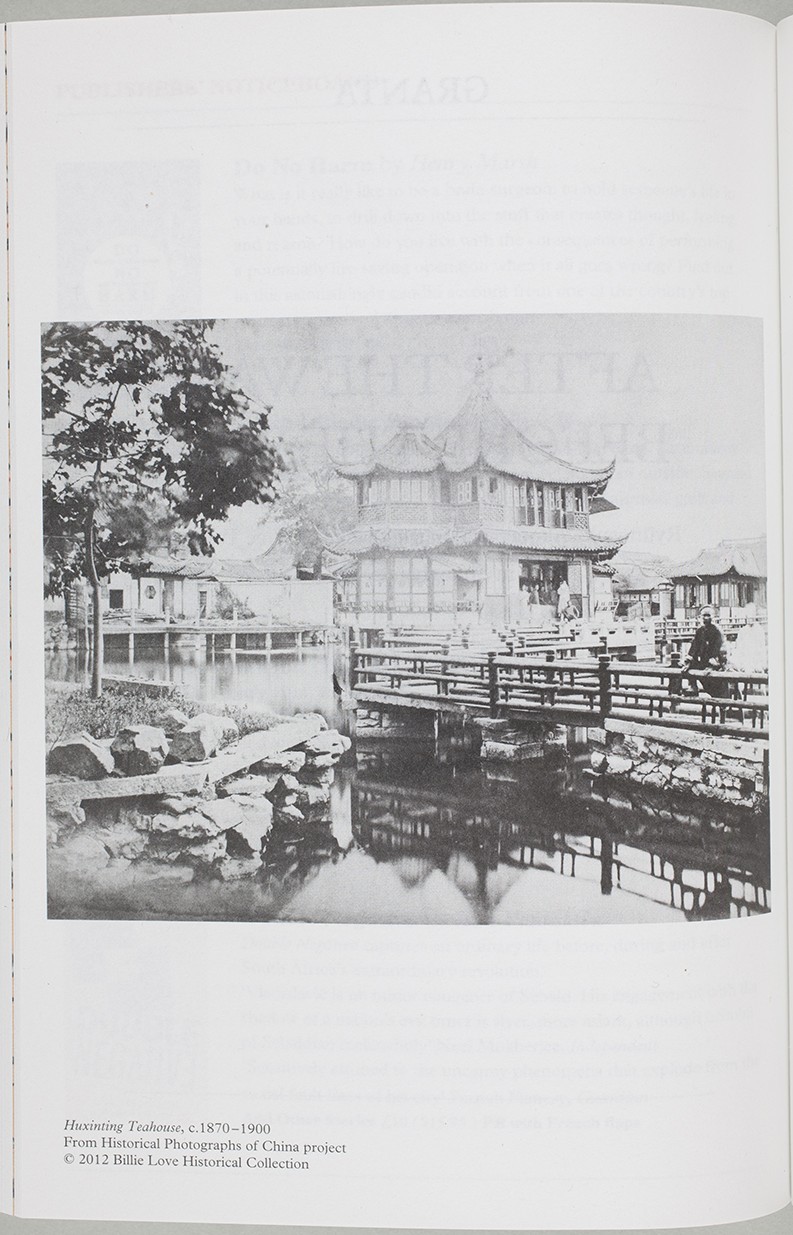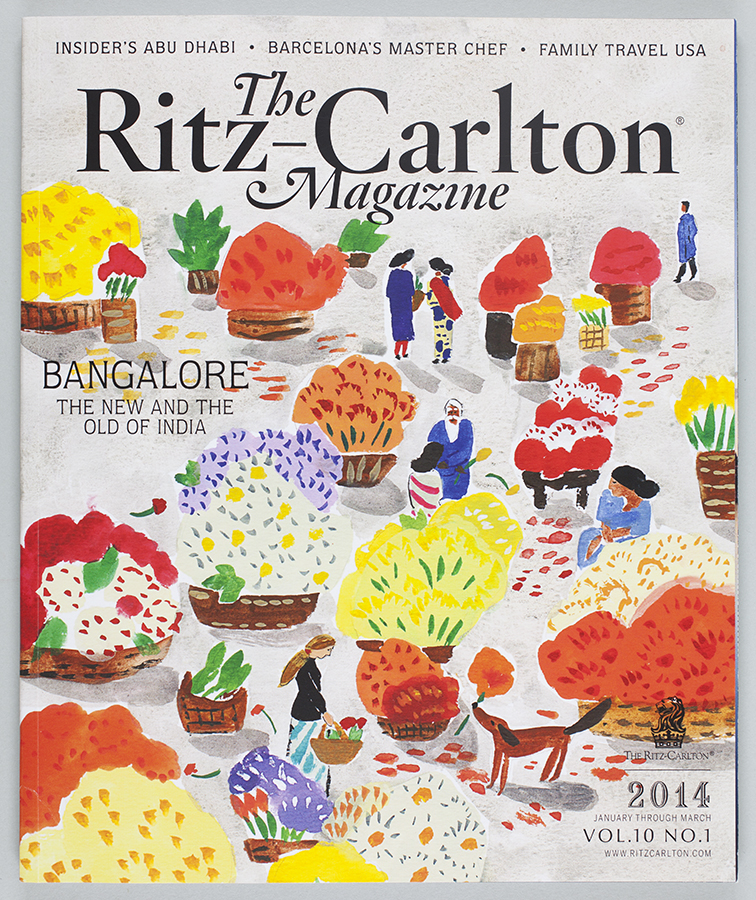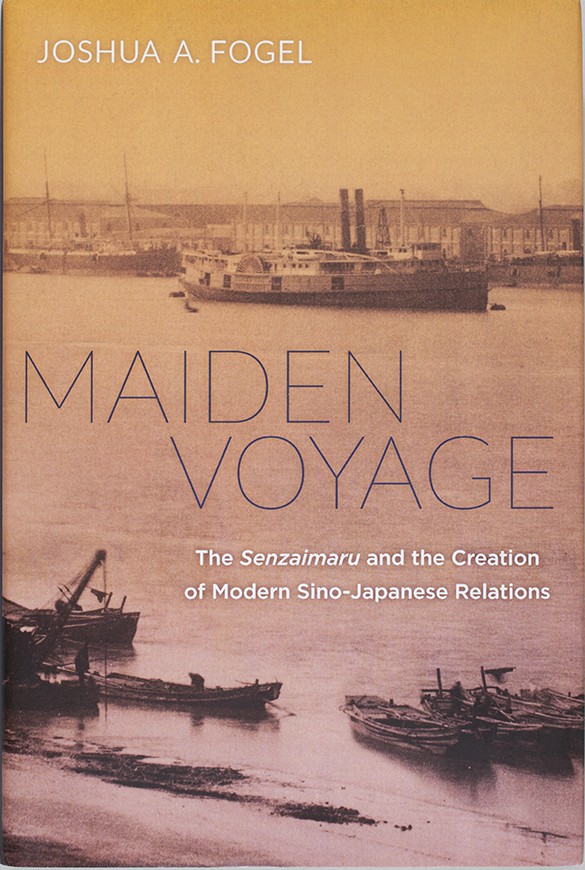
Joshua A.Fogel, Maiden Voyage: The Senzaimaru and the Creation of Modern Sino-Japanese Relations (2014)
The photographs posted to our site — 9,151 now, and rising — have often found their way into publications, and in this post we’ll introduce a handful of them.
Joshua Fogel, Canada Research Chair and Professor of History at York University, Toronto, has used a cropped section from a panorama of the Bund at Shanghai, on the cover of his fascinating new book on the first modern Japanese diplomatic mission to China in 1862. The ship of the title, the Senzaimaru, was in fact originally a British steamer, the Armistice, constructed at the Wilkinson shipyard in Sunderland in 1852. By 1860 it was exclusively working in China sea waters and in 1862 was bought by the Japanese for the mission to Shanghai.
Another form of transport was used on the cover of Manchurian Railways and the Opening of China, edited by Bruce A. Elleman, and Stephen Kotkin, whose publisher used a 1911 photograph by G. Warren Swire of the platform at Harbin railway station.
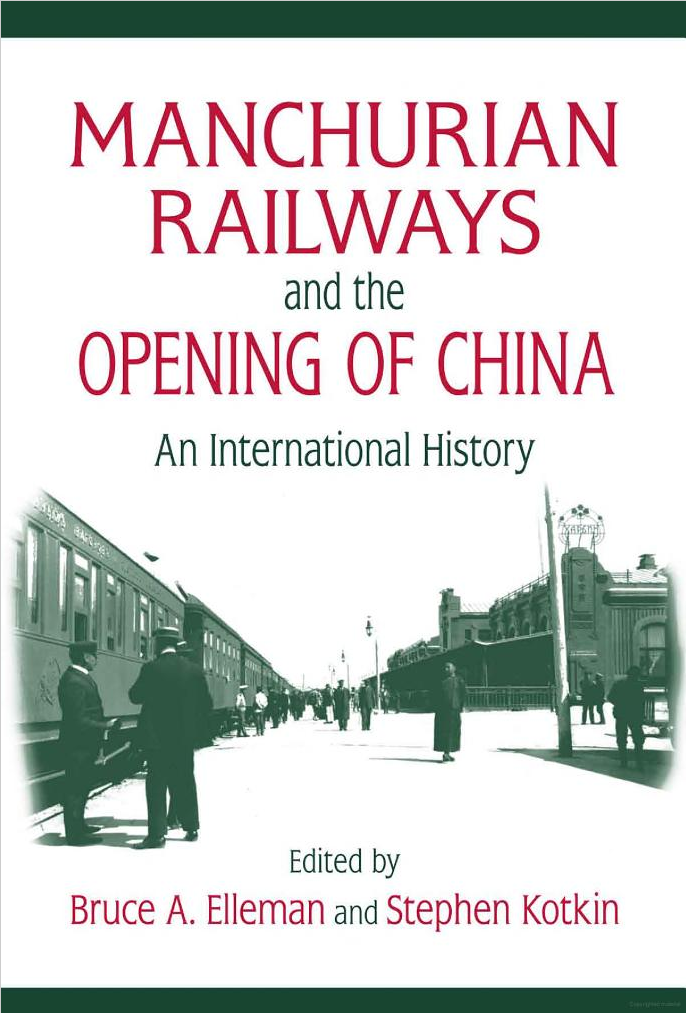
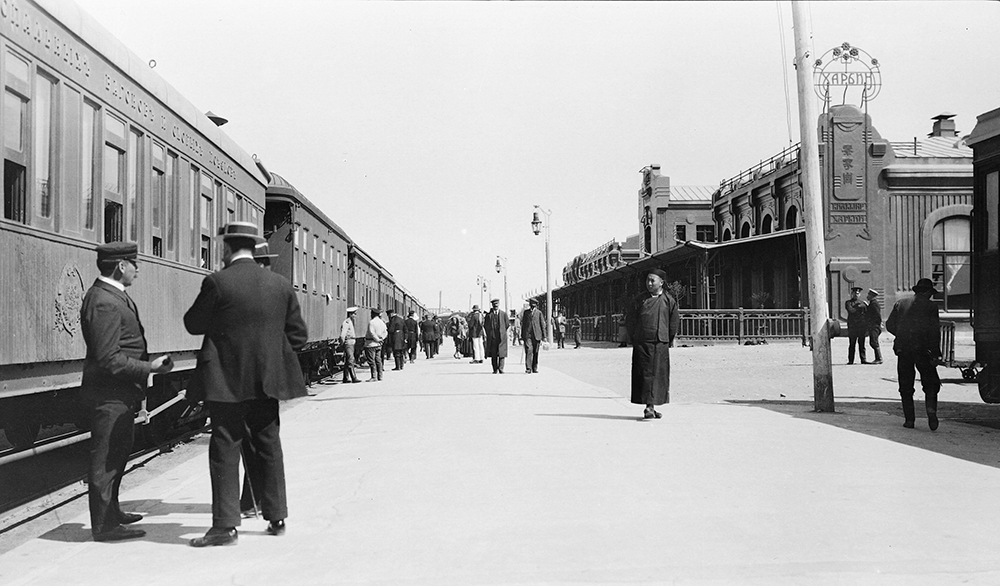
G. W. Swire, Harbin railway station, Manchuria, c.1912, Swire collection, sw16-009: © 2007 John Swire & Sons Ltd.
It is not only university academics who ask us for permission to reproduce photographs — requests that we relay directly to the rights owners, as we do not own the rights to the majority of the photographs on the site. Instead, we secure a license from their owners to display them. A recent request came from a picture researcher working for Granta magazine for its Japan issue, who used our photograph of the ‘Willow Pattern’ tea house at Shanghai (the Huxinting), from the Billie Love Historical Collection, to illustrate David Peace’s ‘After the War, Before the War’. The story is set in Shanghai in 1921.It is one of many images we have of this Shanghai icon, located at the heart of the original walled city.
Australian author and translator Linda Jaivin‘s publisher, Reaktion Books, secured permission through us to use an image of a couple of Europeans enjoying a picnic on a part of Peking’s old city wall in 1919. Jaivin’s book, Beijing, is described as an ‘an intimate and informed portrait of a city at the centre of one of the world’s oldest civilizations and the capital of one of its newest superpowers’. Reaktions’ books are usually extremely well-designed and visually powerful, and this is no exception.
A selection of the Reverend Charles Darwent’s photographs of Shanghai in 1902, were showcased in an article in the magazine of the Ritz-Carlton hotel group. Guests staying in the Portman Ritz-Carlton in Shanghai were thereby able to get a taste of Darwent’s superb photographs this way, for the magazine found its way into every one of the rooms. That hotel is situated just a short walk from the former Bubbling Well Temple, that formerly gave its name to the road on which both sit. It has of changed a bit, as has most of Darwent’s city.
It is always interesting to see how users of all stripes — and you are a very diverse audience — react to the images on the site, and see possible further uses for them. Our attention is often drawn to unnoticed details and echoes, and the occasional error. Additional information from users has been fed into many of our captions, and the accompanying metadata. This project is in fact an exercise in crowd-sourcing, both of the images themselves, and in many cases of key details about them.
Here at ‘Historical Photographs of China’ we certainly want the images to be used, and our licence terms allow for their use for teaching and research within the terms agreed with the contributors. We are not always able to respond positively to requests for print publication, as the decision is not ours to make, and rights owners sometimes say no. Occasionally we pre-empt them, knowing now how they have responded to specific types of re-use request before, but on the whole most requests for publication are agreed to. The terms and conditions of use, and any permissions fees, are the prerogative of the owners.
The lives of photographs are unpredictable ones, and they can find their ways into all sorts of unexpected contexts. One image on the site will shortly grace the cover of a CD of Brazilian music. More routinely they have entered discussions about local heritage in China, or about social or cultural history. Some have been re-united with private family histories, as descendants of people identified in the images have come across their ancestors, in one case for the first time in a photograph. These lives will continue to evolve, as the corpus of material we make available grows, and as you, the users, continue to respond to them.

